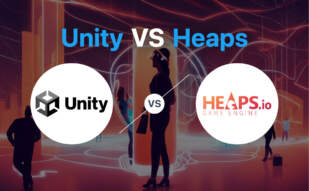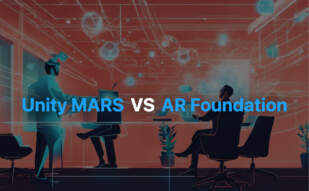Unity boasts adaptability, robust tools, and strong developer community, ideal for diverse application creation, specifically gaming. However, changing cost structure could strain indie developers. Amazon Sumerian, soon unavailable to new customers, supports seamless AR/VR application creation with no prior experience. It’s tailor-made for enterprise use. Transition to Babylon.js for future projects suggested.
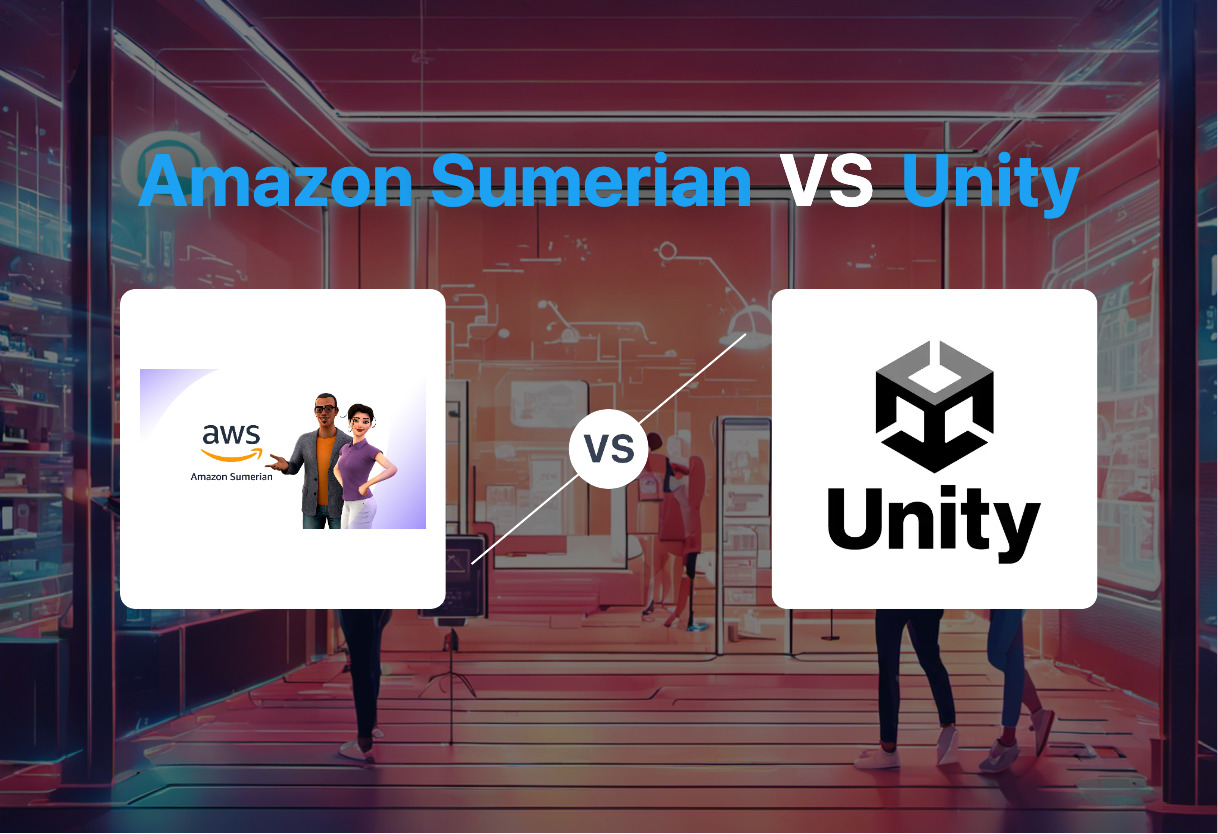
Key Differences Between Amazon Sumerian and Unity
- Amazon Sumerian no longer accessible to new users from May 18, 2022, with total shutdown by February 2023. Unity remains steady and accessible in the market.
- Sumerian targets beginners in AR/VR development, while Unity leans towards game development and is suited for experienced developers.
- Unity offers an asset store full of pre-designed features, promoting game design brainstorming. Sumerian includes a pre-built objects and templates library.
- Changes to Unity’s pricing model could potentially harm solo, indie and mobile developers. Conversely, Sumerian has a straightforward pricing structure based on asset size and views.
| Comparison | Amazon Sumerian | Unity |
|---|---|---|
| Availability | Available until May 18, 2022 | Available since 2005 with pricing changes in 2024 |
| Target Audience | Enterprises, Developers with no prior VR/AR experience | Gaming Developers including solo, indie, and mobile developers |
| Main Use | AR, VR, 3D Applications | 2D and 3D Gaming |
| Platform Support | WebGL, WebVR, Oculus Rift, HTC Vive, iOS, Android ARCore | Android, iOS, various operating systems |
| Pricing Model | Charges based on total size of 3D assets and views per month | Per installation fee, change effective from January 1, 2024 |
| Community Support | Github Open-source | Active developer community |
| Key Features | Object library, JavaScript scripting library, AWS Service Integration, automatic speech recognition | Unity asset store, various coding languages, Unity Pro features |
| Market Perception | Convenient tool for quick VR development and enterprise-focused VR startups | Powerful for game creation, new pricing model backlash, diminished user trust |
What Is Amazon Sumerian and Who’s It For?
Amazon Sumerian is a robust platform that empowers users to create, build, and run AR, VR, and 3D applications using intuitive tools. It champions the principles of multi-platform functionality and enhancement of digital reality experiences. The Sumerian platform targets corporations lacking in-house talent for tackling new AR/VR technologies and is designed to aid creators, irrespective of their experience level.
Potential users span an array of sectors—from developers scripting JavaScript and constructing 3D scenes, to enterprise-centered VR start-ups that value quick VR development—all appreciate easy AWS-integrated features, dynamic scenarios, and swift global accessibility.
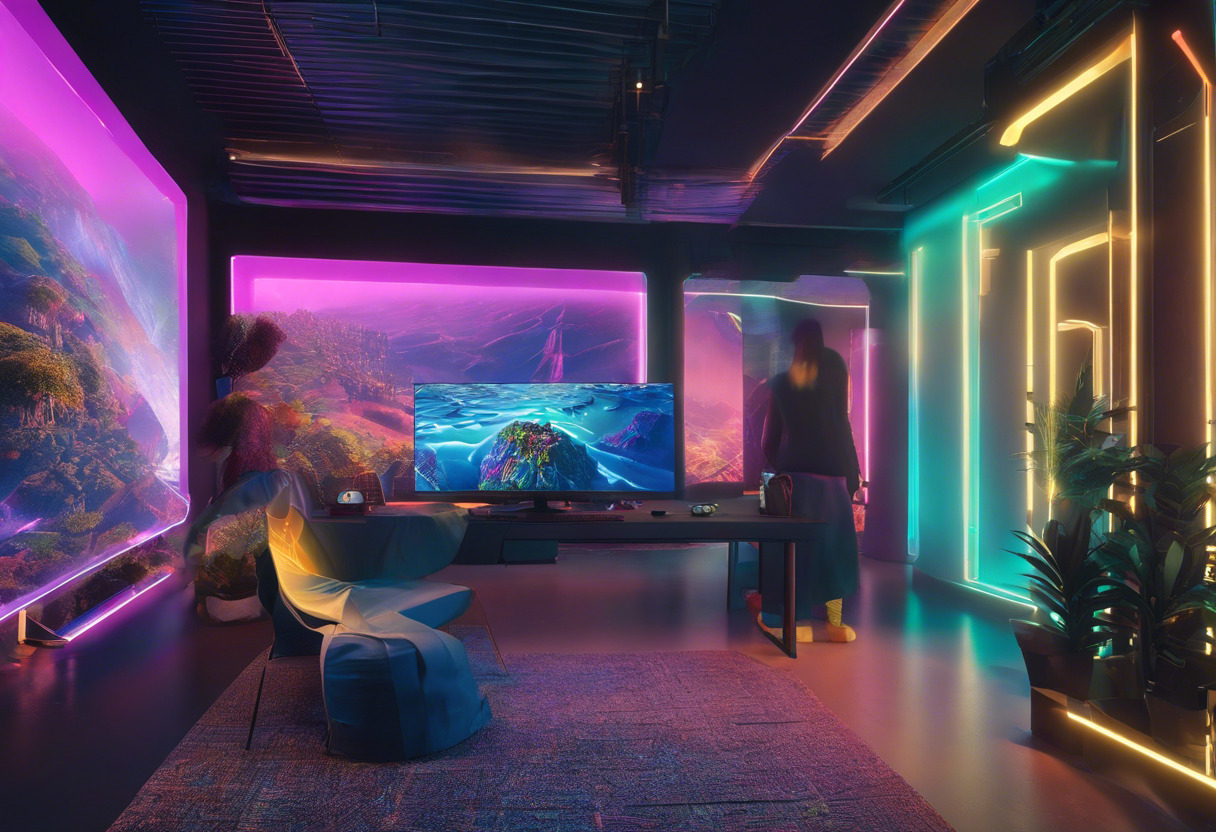
Pros of Amazon Sumerian
- Flexibility across diverse platforms: WebVR, WebGL, Oculus Rift, HTC Vive, iOS, Android ARCore
- Advanced AWS-integrated features for comprehensive functionality
- User-friendly design and scripting framework
- Browser-based distribution and publishing for global outreach
Cons of Amazon Sumerian
- Sumerian is unavailable to new customers since May 18, 2022
- Existing Sumerian data accessible only until February 21, 2023
- Post-trial charges may become a barrier for some users
What Is Unity and Who’s It For?
Unity, originated in 2005, has risen as a dynamic game development engine for the creation of 3D and 2D games. The platform promises compatibility with multiple operating systems, making it a versatile tool for developers to brainstorm a myriad of applications ranging from AR features to immersive 3D simulations. It targets creators ranging from solo, indie mobile developers to established game design teams.
This versatile engine is ground zero for developers scripting in languages like BOO, JavaScript, or C#, and those exploring new industry solutions while committed to improving user-friendliness and immersive visual experiences.

Pros of Unity
- Diverse cross-platform game launching capabilities
- Integrated wealthy asset store for inspirational game designs
- Flourishing developer community for problem-solving and collaboration
- Supports multiple coding languages, enhancing flexibility
Cons of Unity
- Negative reception of proposed per-install fees from January 1, 2024
- Unanticipated changes diminishing trust among users
- Retroactive charges potentially compromising the financial sustainability of developers
Amazon Sumerian vs Unity: Pricing
Amazon Sumerian uses a post-trial charge system based on 3D asset size and views; Unity adopts a fee-per-install approach for its gaming software.
Amazon Sumerian
Amazon Sumerian offers a free trial, followed by charges related directly to the total size of 3D assets utilized and the number of views experienced per month. The accessible pricing caters to developers, extending from novices to enterprises seeking efficient VR development strategies.
Unity
Unity’s pricing model involves developers paying every time a game using its software is installed. Consequently, Unity’s new pricing structure effective from January 1, 2024, is expected to impact solo, indie, and mobile developers significantly. The fee barrier only kicks in post reaching $200,000 in revenue and surpassing 200,000 installations. Previously, Unity offered both a free and Pro version.
Code Examples for Amazon Sumerian & Unity
Amazon Sumerian: Animating a 3D Entity
In this example, we’ll animate a 3D object in Amazon Sumerian using TweenJS. The Sumerian animation component requires entities to have an animation or state machine component attached. Instantiating “createAnimation” from the animation component, we’ll animate a sphere’s position for a dynamic, immersive user experience. Ensure you’ve got TweenJS library as a dependency.
// Fetch the 3D entity
let entity = sumerian.Entity.getById('sphereEntity');
// Check if an animation component exists
if (!entity.hasComponent('animation')) {
entity.setComponent(new sumerian.AnimationComponent);
}
// Create a new animation
let animation = entity.animation.createAnimation('moveSphere', {
propertyComponents: [{
type: 'TransformComponent',
property: 'translation',
to: [1, 1, 1],
from: [5, 5, 5],
duration: 2
}]
});
// Play the animation
animation.play();Unity: Animating a GameObject with iTween
This Unity code snippet capitalizes on the iTween library to precisely animate a GameObject, bridging the gap between passive viewing and interactive engagement. It moves a GameObject from one position to another over a given time duration. Remember to import the iTween library before trying this out.
using UnityEngine;
public class MoveGameObject : MonoBehaviour
{
public GameObject targetObject;
public float timeToMove = 5.0f;
private Vector3 initialPosition;
private void Start()
{
initialPosition = targetObject.transform.position;
}
private void Update()
{
if (Input.GetKeyDown(KeyCode.Space))
{
MoveObject();
}
}
private void MoveObject()
{
iTween.MoveTo(targetObject, initialPosition + new Vector3(10, 0, 10), timeToMove);
}
}Amazon Sumerian or Unity: The Final Verdict
Your choice hinges on diverse factors, including project lifecycle, pricing preferences, and desired usage.
Newbies in the Realm of AR/VR
If you’re a fresh face in AR/VR, looking to dabble in simplicity and low costs, Sumerian checks your boxes. Its “even a novice can navigate” stance, rich object library and AWS-powered scalability favor beginners.

Seasoned AR/VR Artists
Unity, with its comprehensive toolset and powerful rendering capabilities, serves experienced users. Though its pricing model may invite controversy, those unafraid to part with a few extra bucks will find rewarding platform adaptability here.

Enterprise-focused VR Start-Ups
Enterprises dipping their toes in VR/AR without abundant in-house talent can find Sumerian a viable ally. AWS integration for AI, text-to-speech and IoT connectivity underscores its appeal for firms seeking nimble VR solutions.
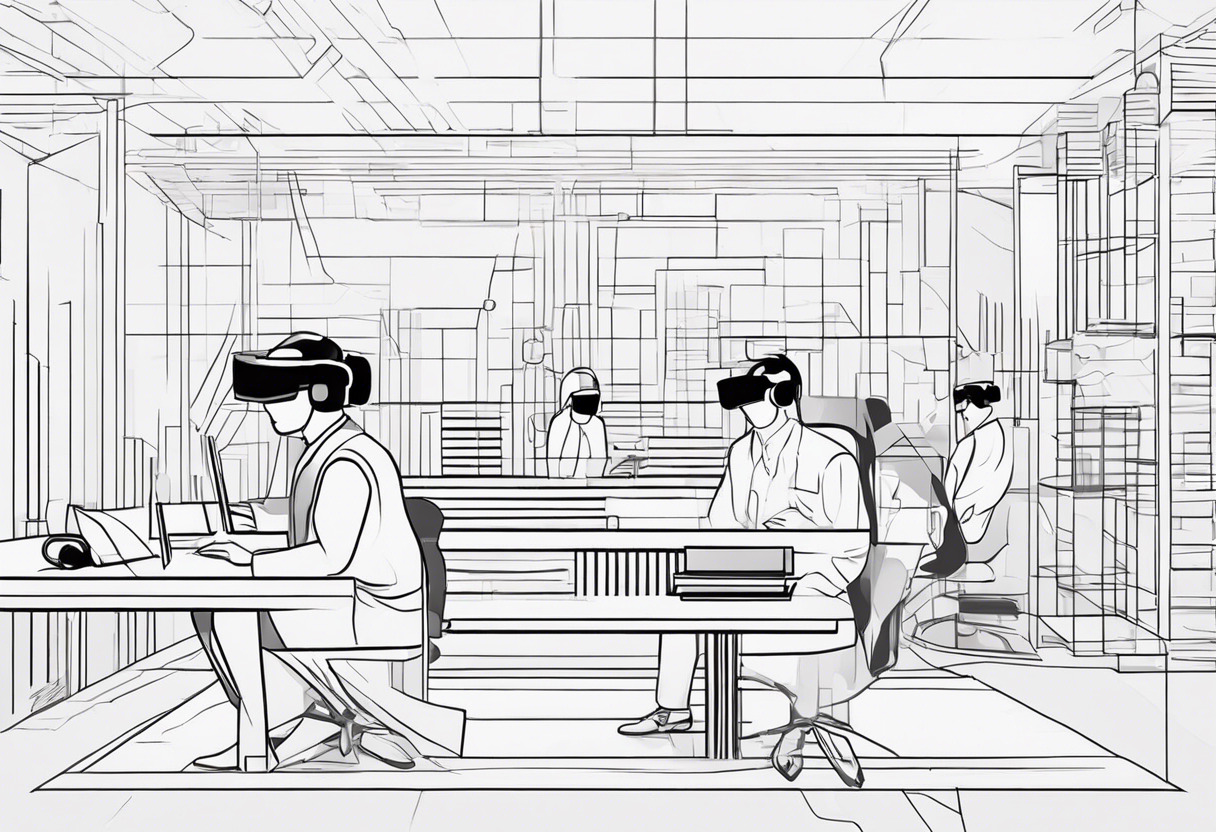
Robust Game Development
For demanding game creation across diverse operating systems and devices, Unity holds the fort. Solos, Indies or gleaned ones, all stand to gain from its extensive asset store and evolving tech for immersive experiences.
In essence, it’s Sumerian for beginners and corporates simplifying VR. Unity, albeit costly, stands out for AR/VR experts and ambitious game creators.
Patrick Daugherty
Content writer @ Aircada. Merging AR expertise with a love for late-night gaming sessions.



